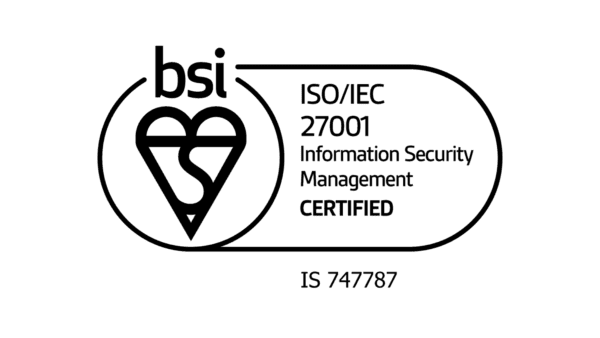Flickr, Google Picasa, Photobucket Web 2.0 UGC Support Added to Signagelive.
Saffron Walden, United Kingdom – 22nd Mplay 2009 – Signagelive the Software as a Service (SaaS) digital signage platform, has added full support for User Generated Content (UGC) enabling pictures and video uploaded and stored to Flickr, Google Picasa Web Albums, and Photobucket (us any Media RSS* publishing platform) to be scheduled and played back on Displays, Desktops and as Screensavers on any internet connected Windows based PC.
Using the Signagelive online layout creator users can create pixel accurate multi-zone templates to be designed in any combination of style and layout required, ready for User Generated Content to be shown.
Playlists of uploaded media (Images, Videos, Flash), streamed media (IPTV, Web pages) and UGC content (Flickr, Google Picasa, Photobucket), can be created and scheduled for play back either in full screen or within the user designed templates for any date and time required, allowing for users to create their own multimedia experience.
Comprehensive live online monitoring and reporting tools provide total control of every connected Signagelive device enabling 100% compliance. Standard online reports and dashboards detail when devices receive the content sent and when the scheduled media has been ayed.
“It is important to provide Signagelive customers use of their existing online media libraries enabling convergence of the web, TV and digital signage content.” said Jason Cremins, CEO of Remote Media Limited, the company behind Signagelive.
Cremins added “By adding Media RSS support to Signagelive we have seamlessly opened up access to users Flickr, Google Picasa and Photobucket libraries along with any Media Publishing platforms supporting the Media RSS standard.”
* Media RSS (MRSS) is an RSS extension used for syndicating multimedia files (audio, video, image) in RSS feeds. It was designed in 2004 by Yahoo! and the Media RSS community, and adds several enhancements to RSS enclosures.
Media RSS is used by content publishers to feed media files into Yahoo! Video Search, which is a feature of Yahoo! Search that allows to search for video files. The format can be used for podcasting, which uses the RSS format as a means of delivering content to media-aying devices. Media RSS allows for a much more detailed description of the content to be delivered to the subscriber than is covered by the RSS standard.



Leave a Reply
Want to join the discussion?Feel free to contribute!